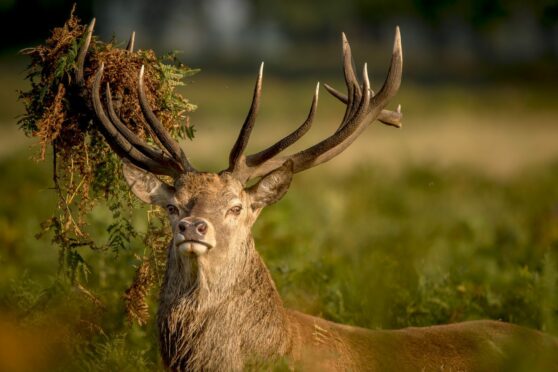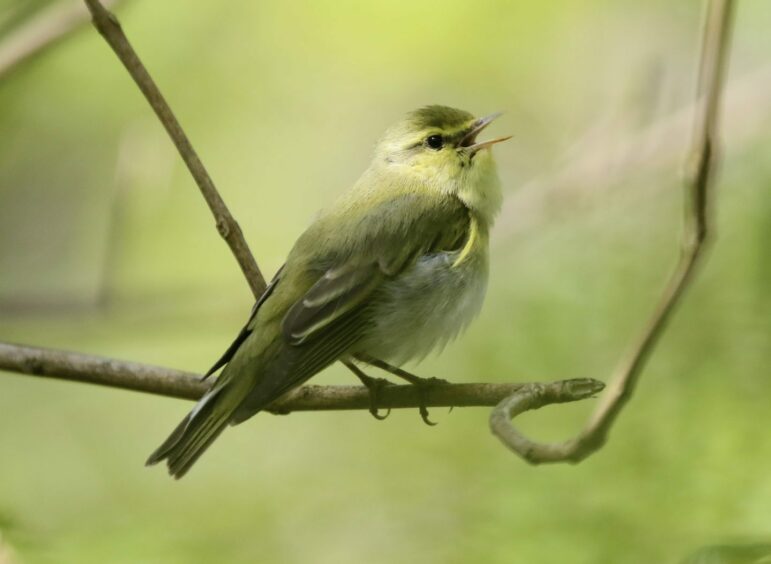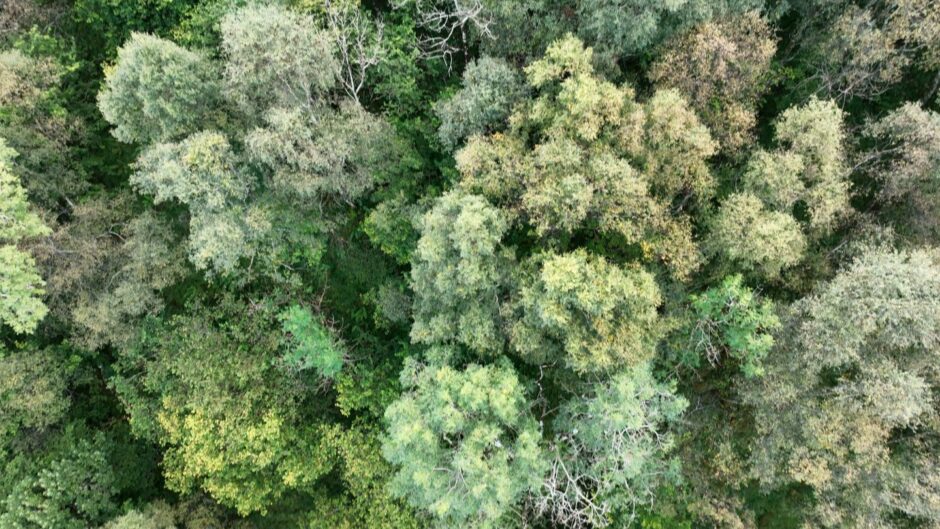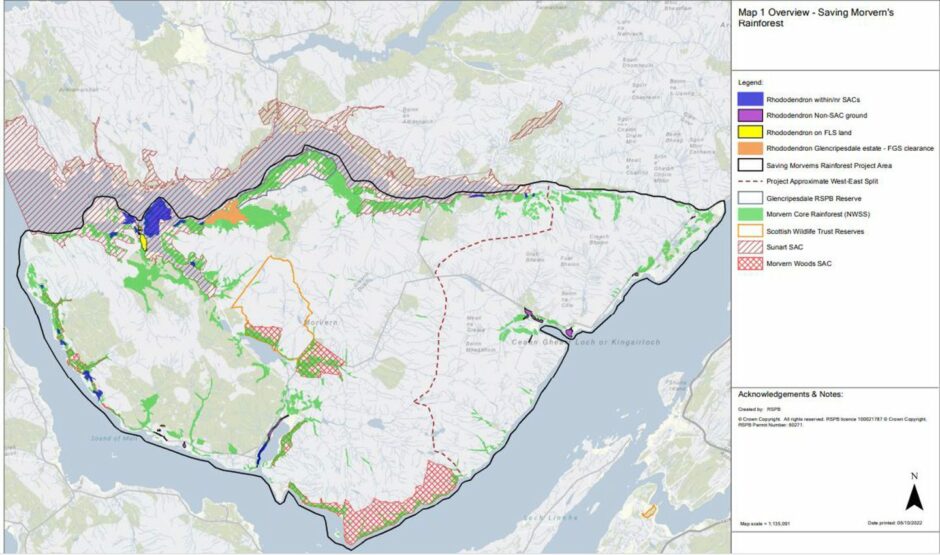The public is being asked to dig deep to save a globally-rare Highland rainforest from rhododendron and deer.
The RSPB is desperate for £2.6 million to get boots on the ground to protect and restore the precious ecosystem on the Morvern peninsula in the west Highlands.
It is so scarce just 1% of the planet can sustain such a habitat, but deer are eating its seedlings and non-native plants are strangling its roots.
But with hopes of the last portion of EU funding lost the RSPB is turning to the public for help to protect one of Europe’s temperate rainforest strongholds.
The charity’s head of philanthropy Alison Connelly said: “We’ve hardly any rainforest left but what we do have is being munched by deer and choked by rhododendron.
“If we don’t try to restore and try to expand and connect the pieces we have left it’s going to be less resilient and ultimately it could just disappear.”
What is Scotland’s rainforest?
The word rainforest conjures images of tangled jungle where monkeys swing through the canopy at high-speeds and macaws scream messages to one other.
But the Morvern Peninsula’s temperate rainforest environment, which also grows fragmentedly on other parts of the west coast, plus a handful of other corners of the planet, is even rarer than its tropical counterpart.
Essentially, a combination of heavy rain, wet warm winters, and a temperature lacking in variation has created the perfect conditions for one of the world’s most biologically-diverse ecosystems to become established in prized pockets of the Highlands.
In good condition, one hectare of temperate rainforest can contain as many as 200 species of lichen and 200 species of mosses and liverworts.
And the zone, also called Atlantic Rainforest, is home to a wide variety of insects and birds, including specialists that would struggle to survive elsewhere like the zesty-yellow wood warbler.
But only around 30,000 hectares — an area only slightly larger than Edinburgh — is left.
How can we save rainforest on the Morvern peninsula?
The RSPB now owns its own slice of the rainforest zone, after it purchased an expansive site in the Morvern Peninsula called Glencripesdale from NatureScot for £750,000 in August.
It has launched a campaign called Saving Morvern’s Rainforest and it needs £2.6 million to get started with its deer control and non-native species eradication.
Alison said the plan is to create four local jobs, plus hopefully two traineeships, to deliver this work on the ground.
A project manager has already been recruited with funding from private trusts and individuals, and other funds.
And there’s enough in the pot to pay for a tree nursery to be set up to provide provenance seedlings for the developing woodland.
‘Morvern peninsula is wonderful pocket’ of Scotland’s rainforest
Because the area is virtually cut-off due to its location, it means that it can be more easily defended.
Alison added: “If you restore it you can put biological protection in to stop it being re-infected because it’s almost like an island.
“If we can do the whole of the peninsula we have got the chance to show the world ‘this is what temperate rainforest looks like’.
“The Morvern peninsula really is a wonderful pocket.”
‘Where’s the Scottish Government?”
The RSPB is working in partnership with around 20 organisations to restore Scotland’s rainforest.
These include NatureScot, Forestry and Land Scotland (FLS) and Woodland Trust Scotland.
Together they have formed the Alliance for Scotland’s Rainforests.
Tim Hall, Woodland Trust head of estate and programmes, said the Scottish Government needs to pioneer funding to the programme.
He said it was “saying all the right things, which is great, but to be blunt this is going to cost money, there’s no escaping that”.
‘We are committed’

Mairi McAllan, minister for environment, biodiversity and land reform, insists the government is committed to protecting the rare habitat “as set out in our recently-published biodiversity strategy”.
She added: “In October, we announced that Forestry and Land Scotland will receive over £1.3 million funding to control invasive rhododendron and manage the impacts of wild deer, in order to promote the recovery of Scotland’s fragile rainforest ecosystem.
“We are in discussions with a range of organisations and public sector bodies to determine how we could scale-up support in the longer term, including on the scope to further attract responsible private investment.”





Conversation